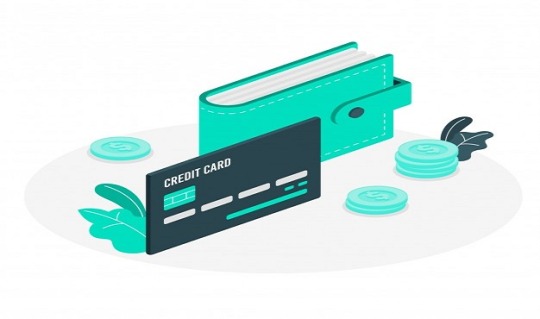Your practical guide to accepting digital wallets
According to the researcher, digital wallet users will increase globally over the next four years. Their research predicts an increase of 50 million users in China by 2025, 26 million in the United States, nearly 3 million in the United Kingdom, and nearly 2 million in Canada.
We explain how digital wallets work, their benefits and ease of use, and what everyone from micro-merchants to global brands can do to accept them in this section.

What is a digital wallet?
A digital wallet is a virtual version of your physical wallet that stores a user's various payment types–credit cards, debit cards, bank account information, loyalty cards, online payment gateway and more–on an app or browser that can be easily and quickly accessed online or in-store to make a payment. Digital wallets, also known as mobile wallets, can be accessed via computers, smartphones, smartwatches, and other wearables.
While tapping and paying with a mobile device at a compatible register appears to be a simple process, several technologies work behind the scenes to enable digital wallets on mobile devices and at the point of sale. The good news is... These technologies do not necessitate any additional effort or a degree in engineering to deploy and enable.
So, how exactly does it work? Here's a quick recap:
NFC
While this section may appear to be "in the weeds," we want to demonstrate the inner workings of enabling digital wallets so you can have a better understanding of how the technology all works together to enable this payment method seamlessly.
Near-field communication (NFC) technology enables two NFC-enabled devices to communicate with one another. To complete a contactless payment transaction, an NFC-enabled smartphone, for example, transmits encrypted financial data via tokenization to an NFC-enabled card reader (receiving device) at checkout. If you got that, you're a pro and don't need to read any further. Let's cut through the jargon and translate this further for the rest of us.
NFC is the technology that allows contactless payment transactions, such as digital wallets or tap-to-pay cards, to take place. Customers use their digital wallets to pay for purchases at checkout by simply waving or tapping their mobile device over an NFC-enabled card reader. Customers must provide a passcode or a finger scan to authorise the transaction if one is required. Once the signal from the customer's mobile device is received by the NFC-enabled card reader, a secure element chip in the receiving terminal validates the transaction, which is then authorised by the processor.
Encryption
Encryption is used by many computing software programmes to keep data secure. Information is encoded (or encrypted) and can only be decrypted by a user who has the appropriate encryption key, or token. A user attempting to access encrypted data without permission will see the data scrambled. While not unique to digital wallets, this technology protects and secures consumers' personal and financial information.
Tokenization
Tokenization is used in conjunction with data encryption to secure the end-to-end payment process through the best payment gateway India, ensuring that a consumer's financial information is never exposed. Personal information, such as a credit card number, expiration date, and checking account number, is disguised with a single-use token that serves as a stand-in data set to complete the transaction. Because the code expires after one use, a consumer's information is safe from fraudsters in the future.
Payment rails
Rather than developing a new system or process for conducting ecommerce, digital wallets make use of existing payment infrastructure–or payment rails. This means that the same networks and processors are used in each transaction, resulting in greater reliability and the ability to sell more, faster.
The benefits and ease of accepting digital wallets in-store and online
Businesses that accept digital wallets in-store or online, regardless of industry, consistently reap significant benefits. Consumers benefit from a more familiar experience, improved security, and a seamless customer journey that reduces payment friction.
Accepting this payment method simplifies your online checkout process because a customer's payment details are already stored in their digital wallet. Customers simply select a stored card in their digital wallet and click to purchase. This feature not only saves customers time, but also eliminates the hassle of having to manually enter their payment information when shopping online, increasing your chances of conversion.
In most regions, digital wallet acceptance is very simple for brick-and-mortar businesses as long as your point-of-sale (POS) device is enabled for contactless payments. Customers can use their smartphone, smartwatch, or other NFC-enabled mobile device to open their digital wallet, select their stored card of choice, and then hold their device near an NFC-enabled card reader to complete the transaction–no physical card, wallet, or purse required.
As more consumers use digital wallets as their primary payment method, ensure that your checkout is NFC-enabled or that you upgrade soon to meet customers' payment expectations. Do you need another reason to switch to NFC-enabled devices? According to a recent Visa study, 48 percent of consumers will not even shop at stores that do not accept contactless payments. Don't let a sale slip through your fingers because you didn't embrace digital wallets.
Post Your Ad Here
Comments